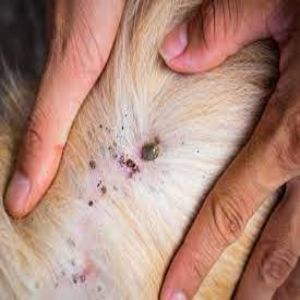- Resistance to Treatment: Flea eggs possess a natural resistance to many standard pet treatments, making them challenging to eradicate completely. While products containing ingredients like fipronil are effective at killing adult fleas on pets, they often fail to eliminate flea eggs entirely. These resilient eggs fall off your pets onto various surfaces within your home, such as carpets, floorboards, and pet bedding. In these environments, the eggs can remain dormant for extended periods before hatching into larvae and eventually maturing into adult fleas. Despite regular use of flea treatments on your pets, the cycle continues, with newly hatched fleas jumping back onto your unsuspecting pets. This continual reinfestation can quickly escalate, leading to a severe flea infestation within your home.
- Secondary Infestation: Flea infestations can also arise from sources beyond your pets. A common scenario is a secondary infestation stemming from rodents, such as mice or rats, inhabiting your home. Rodents are known carriers of fleas, and if a rodent family establishes itself within your attic, walls, or other areas of your home, they can introduce fleas into your living space. These fleas may then migrate to areas frequented by humans and pets, such as carpeting, upholstery, and bedding, where they can continue to breed and perpetuate the infestation. Without addressing the root cause of the secondary infestation, such as rodent control measures, flea populations may persist and thrive despite efforts to treat pets and indoor environments.
Addressing a flea infestation effectively often requires comprehensive control measures targeting both pets and indoor environments, as well as identifying and addressing any secondary infestation sources. Professional flea treatments provided by pest control experts can offer tailored solutions to eradicate fleas from your home and prevent future infestations.






